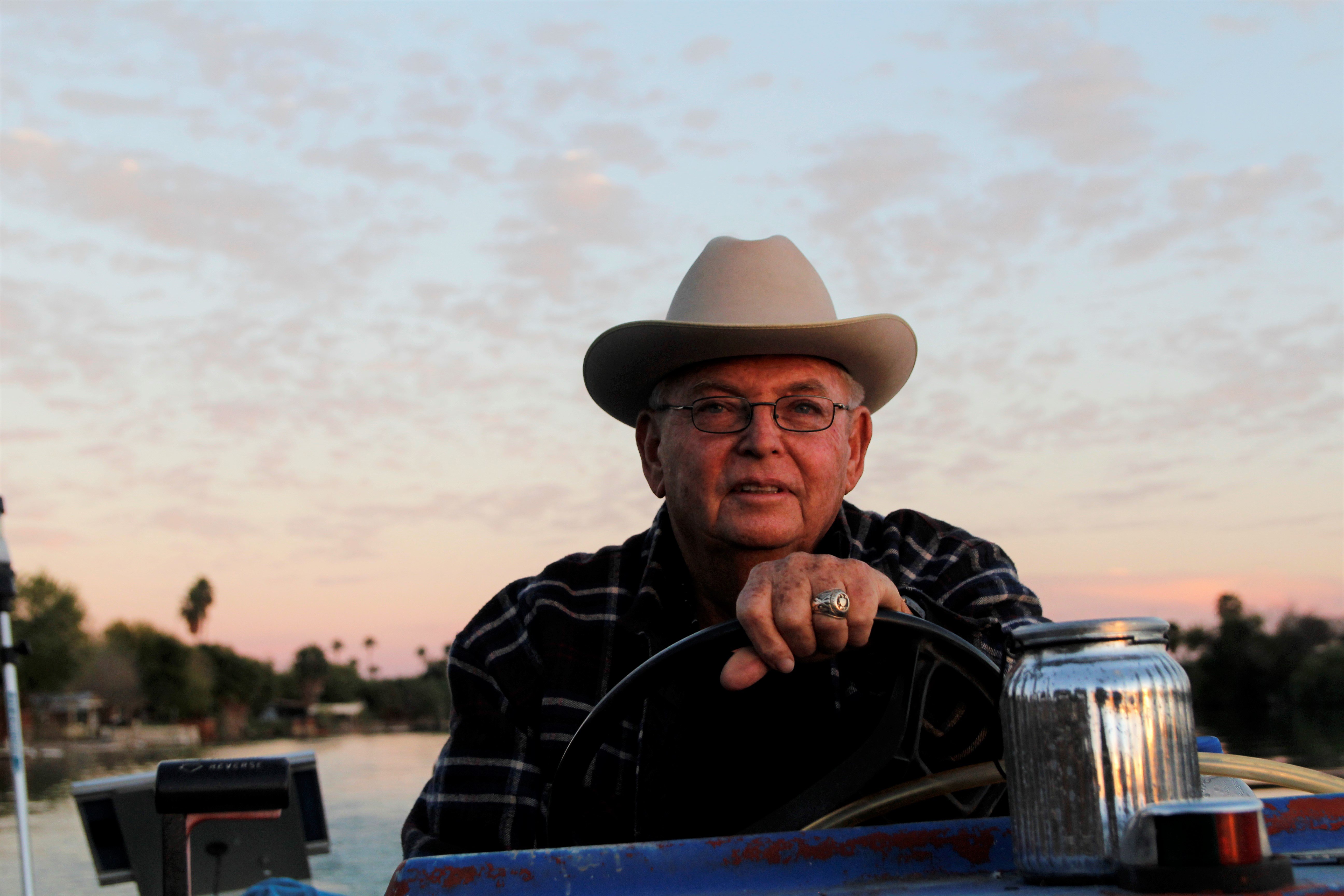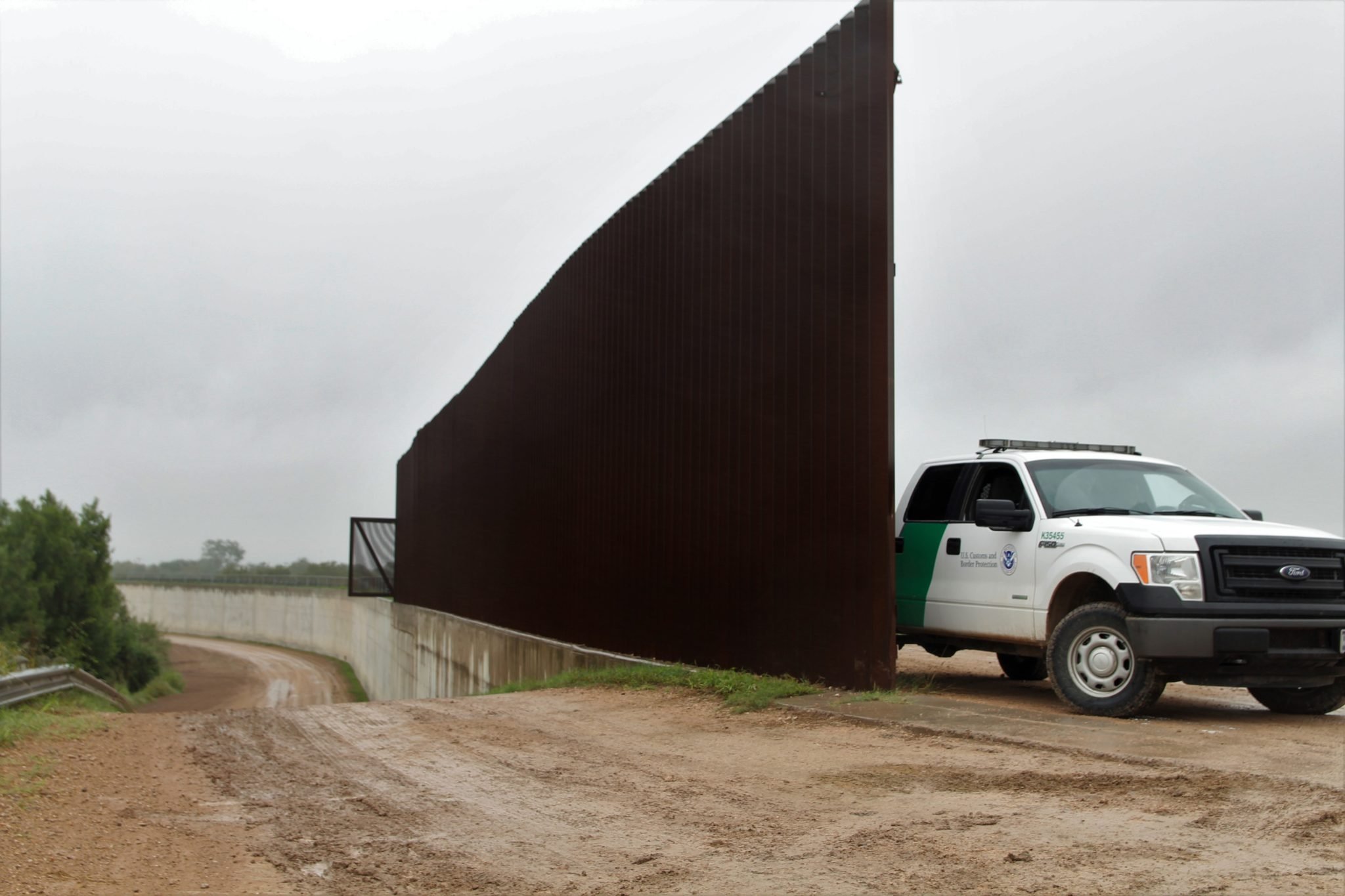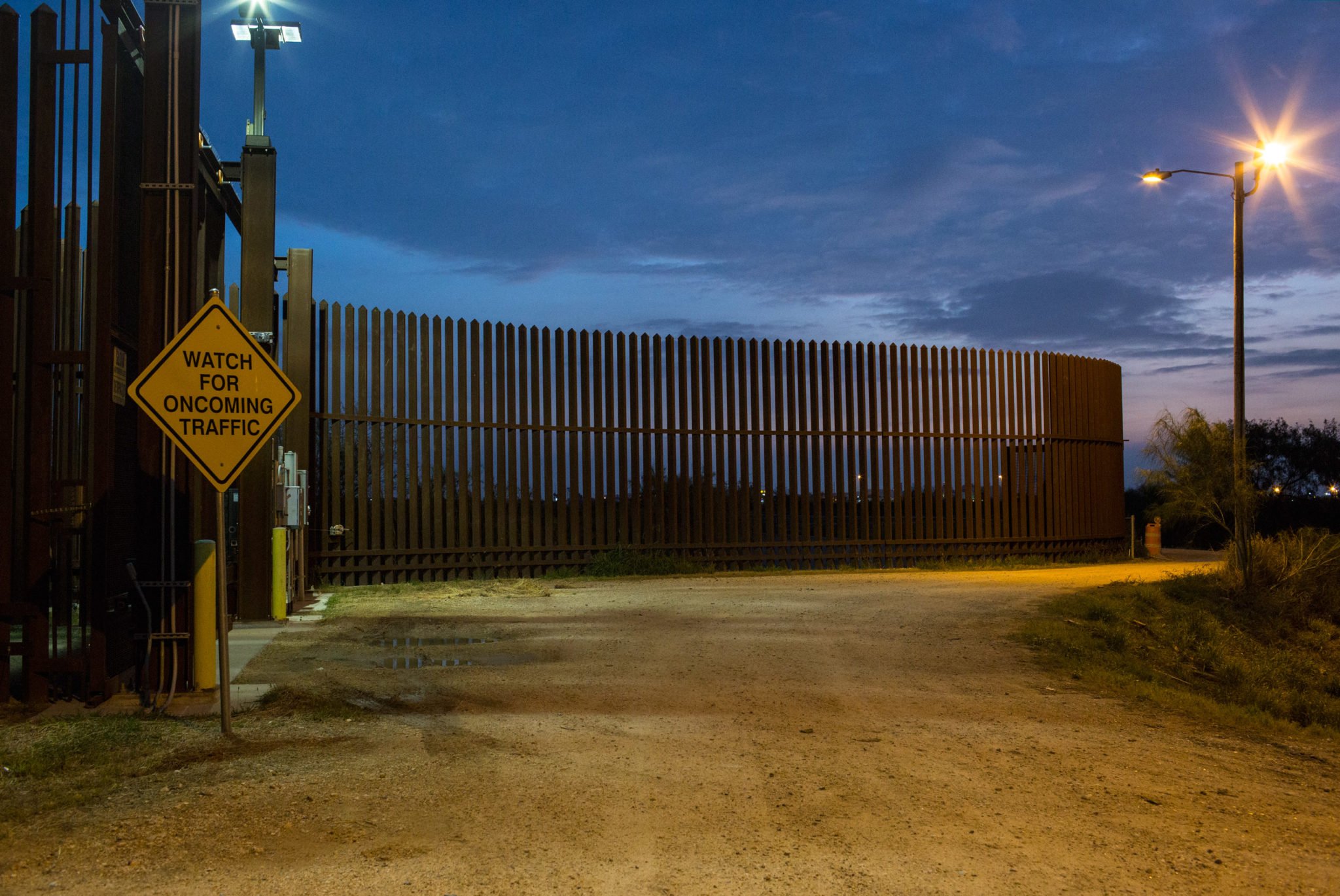
The Interview: Mass Resistance
Rebel priest Roy Snipes discusses his fight to save a historic chapel from Trump’s wall.

A version of this story ran in the March / April 2019 issue.
On a foggy February morning, just south of the border town of Mission, the parking lot behind the La Lomita chapel is full. It’s the eighth week of a novena — a nine-week period of prayer — and parishioners have packed the 120-year-old sandstone church. Inside, Father Roy Snipes launches into his sermon. He never mentions Trump’s border wall, which was threatening to cut off or destroy the chapel at the time, but he makes allusions for a knowing audience. “As we clash with the powers that be,” he says, “don’t let them make you mean.”
Snipes, 73, took his vows to become a priest at La Lomita in 1980. His order, the Oblates of Mary Immaculate, first came to the Rio Grande Valley from France in 1849. Known as the “cowboy priest,” he likes Lone Star beer, motorboats and big rescue dogs. In mid-February, Congress passed a border security deal that seems to have spared La Lomita from Trump’s wall, but Snipes still worries about his neighbors. The Observer spoke with him about the Valley, militarization and world history.
What brought the Oblate Fathers to the Rio Grande Valley?
The mission was to preach the gospel to the poor and to bring the gospel down home. Bishop de Mazenod, Saint Eugene, our founder, said: Your mission is to engage the hearts and minds of the people you serve with the mystery and the message of Christ’s love, and you can’t do that unless you talk the way they talk. You have to come down off your high horse. In France at the time, they were famous for talking the High French, real prissy and high-falutin’, so the poor people on the farms and ranches didn’t even know what they were talking about.
They were saying mass in Latin, then when they preached the gospel, they were just baffling them with their bullshit. That’s pretty much what [Saint Eugene] said. Don’t dazzle them with your brilliance or baffle them with your bullshit. Help them discover that the spirit of Christ is in them, so when they go home, when they leave the table of the Lord and they sit at their table at home, they don’t say: “Man, that guy knew a lot of big words, wasn’t he something?” They say: “Man, the spirit of Christ is here at our table, in our marriage, in our family, mom and dad.”
How does that carry through to your philosophy today?
It’s an ideal you never completely live up to. But I hope I celebrate the mystery and communicate the message in a way that lifts up the hearts of the people I serve, and maybe even attracts others. Some people nowadays look at the church from outside and think it’s kind of a messed-up outfit … [but] then they look at this little old chapel, and they hear that we’re being threatened by the powers that be, and they say maybe there’s something tender and beautiful and humble and kind, something beautiful that needs to be appreciated.
Why does La Lomita matter?
All kinds of ways. It’s a symbol. You know, they say a sacrament is a symbol that does what it symbolizes. That’s fancy talk. But La Lomita is a symbol that energizes and lifts up people’s hearts. It stands for something, but also, when they come here, they’re put in touch with that positive energy it stands for. It reminds us that we come from a long line of people who are humble and kind and generous, and the Lord calls us now not to lose touch with that, to be hospitable, humble and kind. Even if they treat you disrespectfully, not letting them make you mean.
You’re applying that to the border wall fight.
Right, we protest as much as we can. But we feel the chapel promotes a kind, generous, hospitable spirit, and in order to protect it, we can’t lose that. It’s like saying, “We’ll build a wall, we’ll sacrifice our own values to save ourselves.” Well, we don’t want to sacrifice our own values to save the chapel.
What is the wall a symbol of?
Fear and loathing. And foolish thinking. A symbol of us trying to solve or confront a very complex problem with a very superficial answer. I think years from now, if there is a wall, our grandchildren will say, “What made y’all think that was a good idea?” And if you love the river, you love nature. … The river is sacred. You’re desecrating not just God’s house but God’s river, which is the source of all kinds of healthy things — water, of course, but adventure, poetry, recreation, refreshment.
When you’re right by it, you have to remind yourself it’s the border between countries.
Yeah. I’m sure it occurred to you looking at that beautiful river, it’s hard to see how [politicians] can continue to scream, “There’s a crisis here, we gotta build a wall.” I’m sure people up north think it’s a war zone and the rapists and murderers are swimming all the time across the river with knives in their teeth like pirates. It’s not true.
Though you have found migrants in the chapel.
Oh sure, we have a place for them to stay at a house by the downtown church. Here, I’ll bring ’em food and they’ll ask, “Will you take us to town?” and I’ll say, “I’d love to take you, we have a place for you to stay, but if we get caught I’ll be in more trouble than you’ll be.” If [Border Patrol] interpreted that I was smuggling illegal aliens, I’d be in all kind of hot water. They’d probably confiscate my dog and my truck. And it would poison the water. From then on, they’d be on me like a chicken on a June bug.
Border Patrol, DPS — the Valley’s been militarized in more ways than just the wall. What do you make of that?
It’s unhealthy. It’s a symbol of fear and loathing. That’s poison for our souls. Like this lady from Arizona who wrote me a letter saying immigrants should come across and kill me, because that’s what I deserve. They’re not going to come across and kill me, but she’s killing her own soul by thinking like that. She says she’s a Catholic, but that’s a very unhealthy thing — and it is something that’s moving, sort of afoot in the land: people becoming hateful.
For you, it’s not just about this chapel. You believe the wall is contrary to the teachings of the Catholic Church writ large.
Symbolically, it absolutely is. It is an affront to the values we have, if you think about who we are. We’ve been through the Civil War — brother against brother. World War I, World War II, Nazism, McCarthyism. No one ever thought we needed a wall to protect ourselves. The early Oblates went back and forth across the river all the time. The fact that smugglers come back and forth is nothing new. It’s a problem, but it’s not a new crisis, and it’s not really a crisis at all.
Tell me about your dogs.
I love ’em. In the last six weeks, we’ve picked up two more, and we saved this beagle who ended up having eight puppies. We’ve given four of them away. We’ve still got four to give away. They’re getting kind of big, so I hope somebody wants ’em. They come and go, but right now there’s probably 15 in total — all rescues, or the children of rescues.
I’ve always loved dogs. There’s something about a dog that’s good for the soul of a man. They teach you a lot about love and joy and fidelity. And of course I’m an old bachelor, so nobody else is going to wake me up licking my ear.
This interview has been edited for length and clarity.

